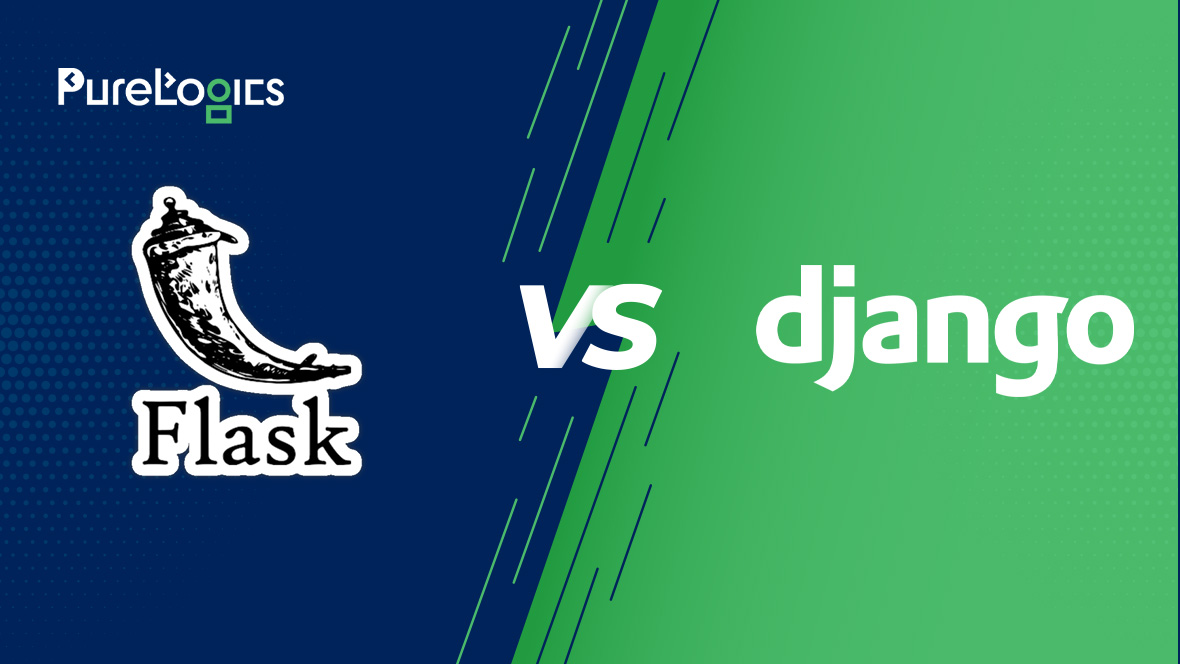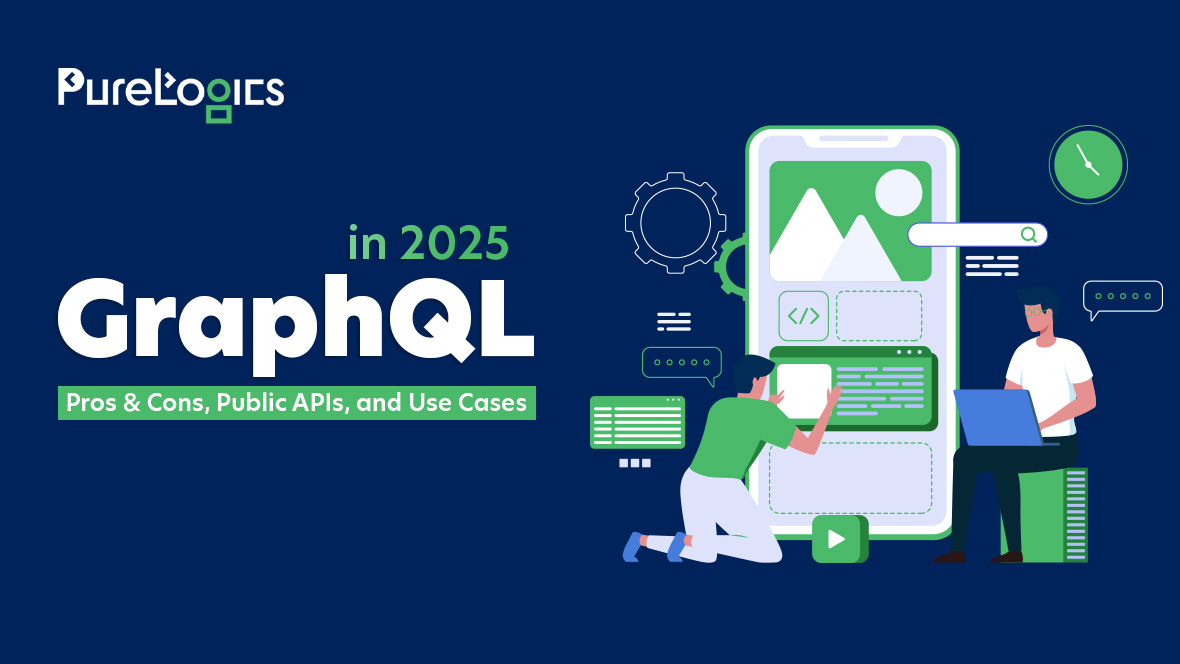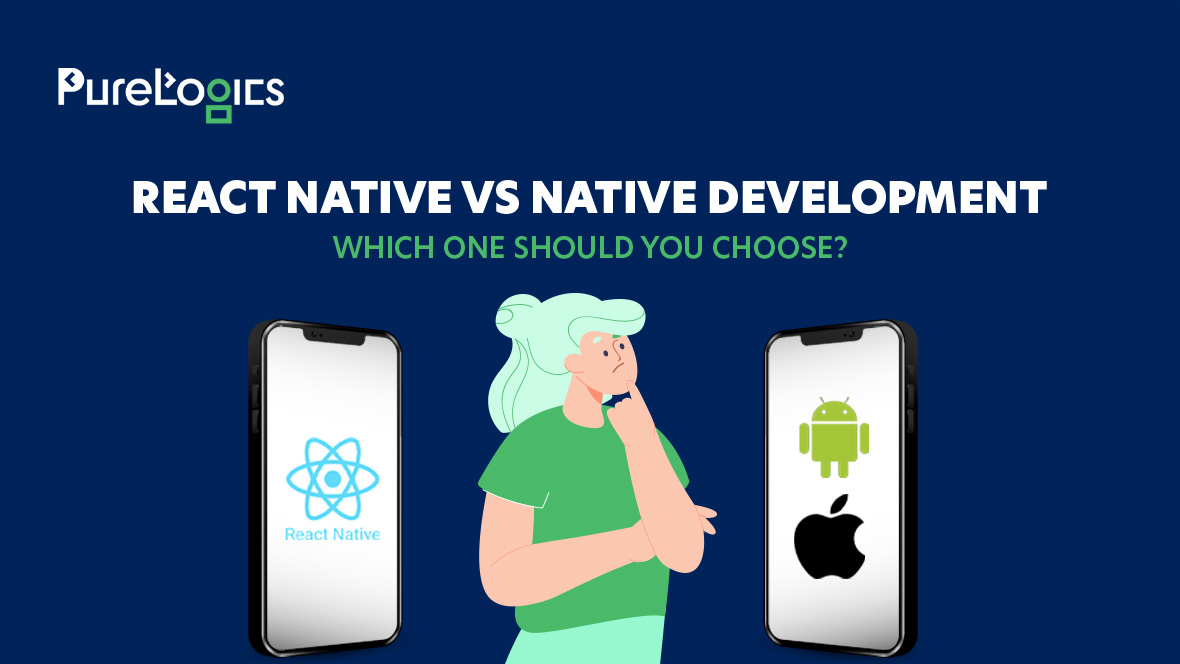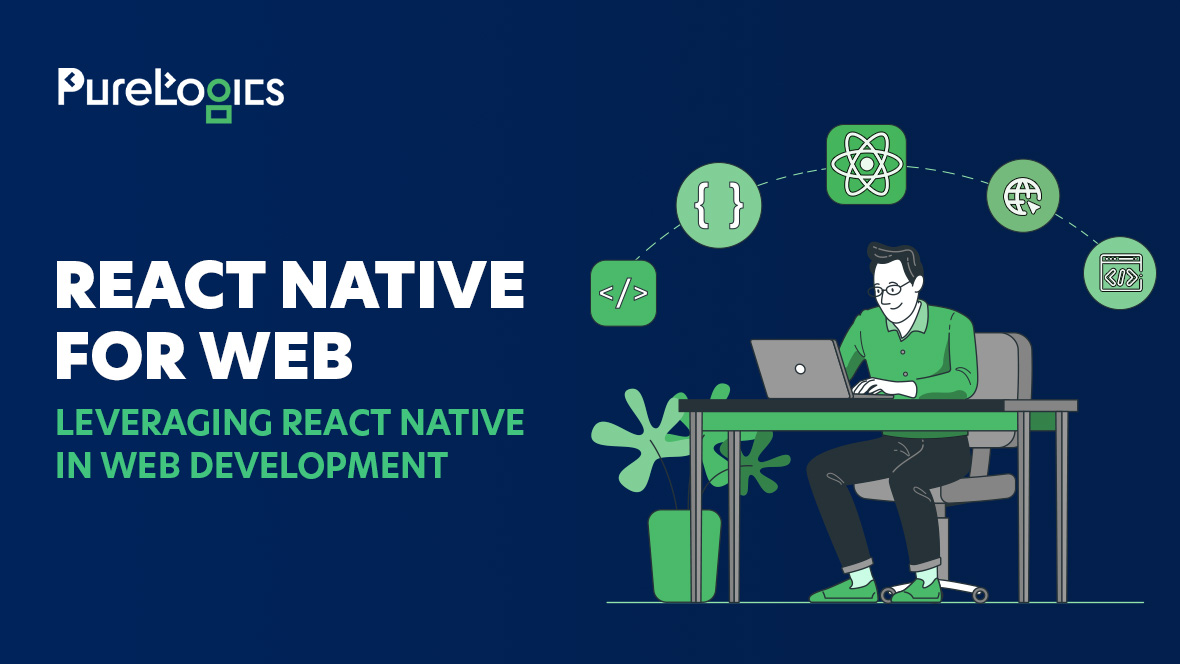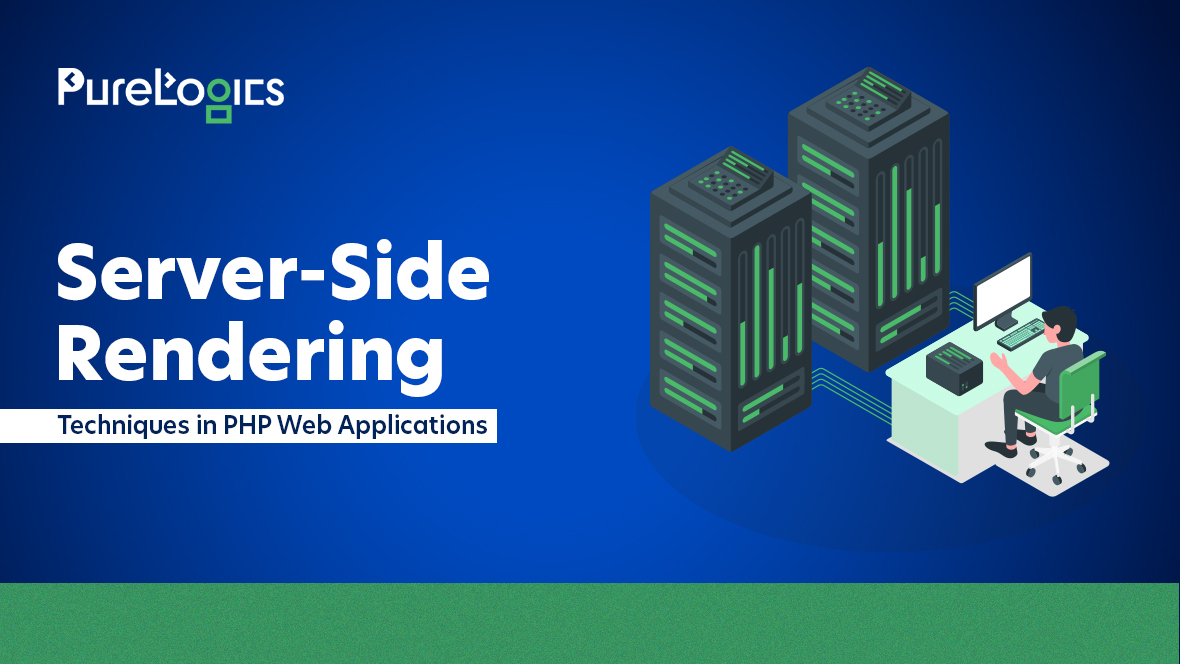Developing a secure web application requires a framework that is faster, reliable as well as easy to use. When using Python language for website development, you have two popular frameworks – Flask and Django. But then, a question is which framework should you choose? What’s the difference between Django and Flask?
In order to understand the complete insights on both frameworks, keep reading this blog post.
What is Flask?
Flask is a lightweight Python web framework that is used to create web applications. It’s “micro” because it provides the basics like routing and request handling, letting developers customize features using extensions. Flask is popular for its simplicity and flexibility, and it is ideal for APIs and small- to medium-sized projects.
Companies like Netflix, Lyft, and Pinterest use Flask for specific applications due to its scalability and ability to integrate with various tools and services.
Features of Flask
- Lightweight framework with minimal dependencies
- Built-in development server and a fast debugger
- Flexible URL routing system for managing application endpoints
- Jinja2 templating engine for secure and dynamic HTML rendering
- Extensible design supporting third-party libraries and plugins
- WSGI 1.0 compatibility for efficient web server communication
- Simplified development of RESTful APIs for modern applications
- Integrated testing tools for ensuring application reliability
- CSRF protection and support for secure session management
Common Use Cases of Flask
Flask is an ideal choice for developers who are working on smaller, lightweight development projects. Its customization features are also quick which makes it reliable for many use cases.
RESTful APIs
Flask’s flexible structure and straightforward routing are perfect for creating RESTful APIs. This makes Flask easier to manage HTTP requests efficiently.
Prototyping and Minimum Viable Products (MVPs)
Flask is simple to set up, which makes it a great choice for quickly building prototypes and MVPs to test ideas.
Single-Page Applications (SPAs)
Flask’s lightweight feature makes it a popular pick for building SPAs. It integrates well with SPAs and lets developers focus more on crafting smooth and engaging front-end user experiences.
Microservices
With its modular design and small size, Flask is ideal for creating microservices where each service is developed and deployed independently.
Benefits of Flask Framework
Flask is a minimal framework that lets developers effortlessly expand or scale applications when required. Its flexibility provides complete control over how the project is structured. Here are some key benefits that make Flask a top choice for developers:
- Lightweight and easy to use
- Simple and beginner-friendly framework
- Highly flexible and modular architecture
- Ideal for rapid prototyping and MVPs
- Comprehensive documentation and community support
- Excellent for building RESTful APIs
- Built-in testing and debugging tools
What is Django?
Django is a high-level Python web framework that simplifies building secure and scalable web applications. It follows the Model-View-Template (MVT) architecture, making it easier to manage data and user interfaces. Django provides built-in features like authentication, routing, and ORM (Object-Relational Mapping) for database interactions.
Django has a user-friendly design and minimizes the need for third-party packages, as it includes many built-in features that streamline the development process. Companies like Instagram, Pinterest, and Spotify use Django for rapid development, robust performance, and scalability in their web applications.
Features of Django
- Robust security features to protect against common threats
- Built-in admin panel for easy content management
- Supports rapid development with reusable components and modules
- Scalable architecture for handling large applications efficiently
- ORM (Object-Relational Mapping) for database management
- Extensive documentation for easy learning and reference
- Template engine for creating dynamic web pages easily
- Built-in authentication system for user management
- Large, active community with frequent updates and support
Common Use Cases of Django
Below are some important use cases of Django:
Content Management Systems (CMS)
Django is great for creating CMS platforms, as it provides an easy-to-use admin interface. This is particularly useful for managing and updating content on news sites and blogs, including text, images, and videos. The admin panel is customizable, allowing you to publish and edit content effortlessly.
Enterprise Applications
When it comes to large-scale applications, Django excels in managing complex systems. Its ability to handle multiple data layers and scale easily makes it a top choice for enterprises. Developers appreciate its efficiency in creating robust and scalable applications.
E-commerce Platforms
With its strong security and scalability, Django is ideal for developing e-commerce sites. It ensures secure transactions and user authentication, which are essential for online stores. However, it’s crucial to follow best security practices, such as regular checks, to maintain a secure platform.
API Development
Django Rest Framework (DRF) makes building RESTful APIs easier and more flexible. It comes with essential features like authentication, serialization, and pagination. For more complex APIs, developers may need to add extra code to meet specific requirements.
Social Networks
Django offers built-in tools for managing user authentication and profiles, making it perfect for building social networks and forums. However, creating a unique user experience might require extensive customization based on specific interaction needs in these platforms.
Benefits of Django Framework
- Rich set of built-in features
- Scalable and suitable for large projects
- Built-in admin interface for easy management
- Secure framework with built-in protection
- Robust community support and resources
- Fast development with reusable components
- Excellent documentation for developers
Flask vs Django: A Quick Recap
| Feature | Flask | Django |
| Framework Type | Lightweight and minimalistic microframework | Full-stack framework with built-in features |
| Architecture | No predefined structure; developers can customize | Follows Model-View-Template (MVT) architecture |
| Ease of Use | Simple and beginner-friendly | Offers a steeper learning curve due to its comprehensive features |
| Development Focus | Ideal for small to medium-sized projects and rapid prototyping | Suited for large, scalable, and complex applications |
| Built-in Features | Minimal; relies on third-party extensions for most functionalities | Extensive, including admin panel, ORM, and authentication |
| Performance | Lightweight and faster for simple applications | Slightly heavier but optimized for complex and scalable solutions |
| Customization | Highly flexible; developers have full control over components | Offers built-in tools but less customization compared to Flask |
| Security | Developers must implement most security features using extensions | Robust built-in security features like CSRF and XSS protection |
| Use Cases | Prototyping, RESTful APIs, microservices, and single-page applications | Content management systems, e-commerce platforms, enterprise apps, and social networks |
| Community Support | Growing community with extensive third-party libraries | Large, active community with frequent updates and comprehensive documentation |
Final Remarks
Choosing between Flask vs Django depends on the needs of your project. Flask is perfect for smaller projects, building APIs, or cases where simplicity and flexibility are more important. In contrast, for large and complex applications, Django is a great option because it offers built-in tools, strong security features, and scalability.
Still unsure about your web app framework? Discuss your project with our PureLogics team for free—just fill out the form to get started!


 [tta_listen_btn]
[tta_listen_btn]
 April 9 2025
April 9 2025

